It was born as a university project called Waitr in 2013. Then it was rebranded to a new name, Asap, in 2022. In this final iteration, the food delivery service company is closing its door.
Asap may even file for bankruptcy, thanks to an overwhelming number of competition in the food delivery market. Customers like the service, but it’s not making a lot of money.
Promising Beginnings
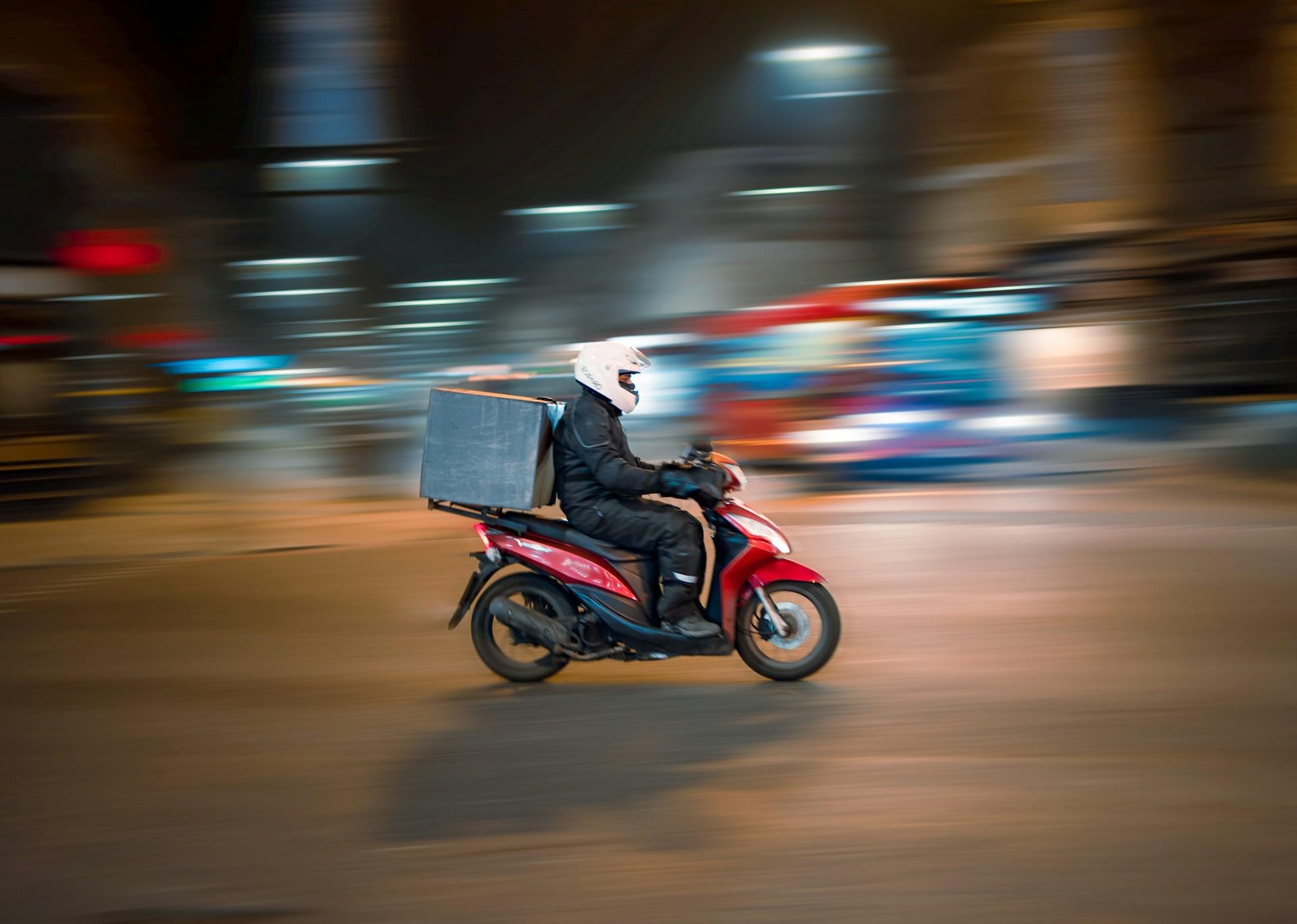
When Tilman Fertitta — billionaire restaurateur, casino owner, and Houston Rockets boss — purchased Waitr in 2018, and it became listed in Nasdaq, things looked bright.
Fertitta became the majority owner and offered delivery services in 500 cities across 22 states. However, the brand’s momentum was derailed by COVID-19.
Bite Squad Acquisition

In 2019, Waitr attempted to expand by acquiring Minneapolis-based Bite Squad for $321 million, but strangely enough, it laid off many of Bite Squad’s employees.
In fact, it changed its employment policy to contract-only for all drivers. Despite now reaching 700 towns and cities in 27 states, Waitr’s expansion came with the announcement of stopping services in 38 markes, particularly in smaller cities new to its network, where profitability was questionable.
New CEO Era
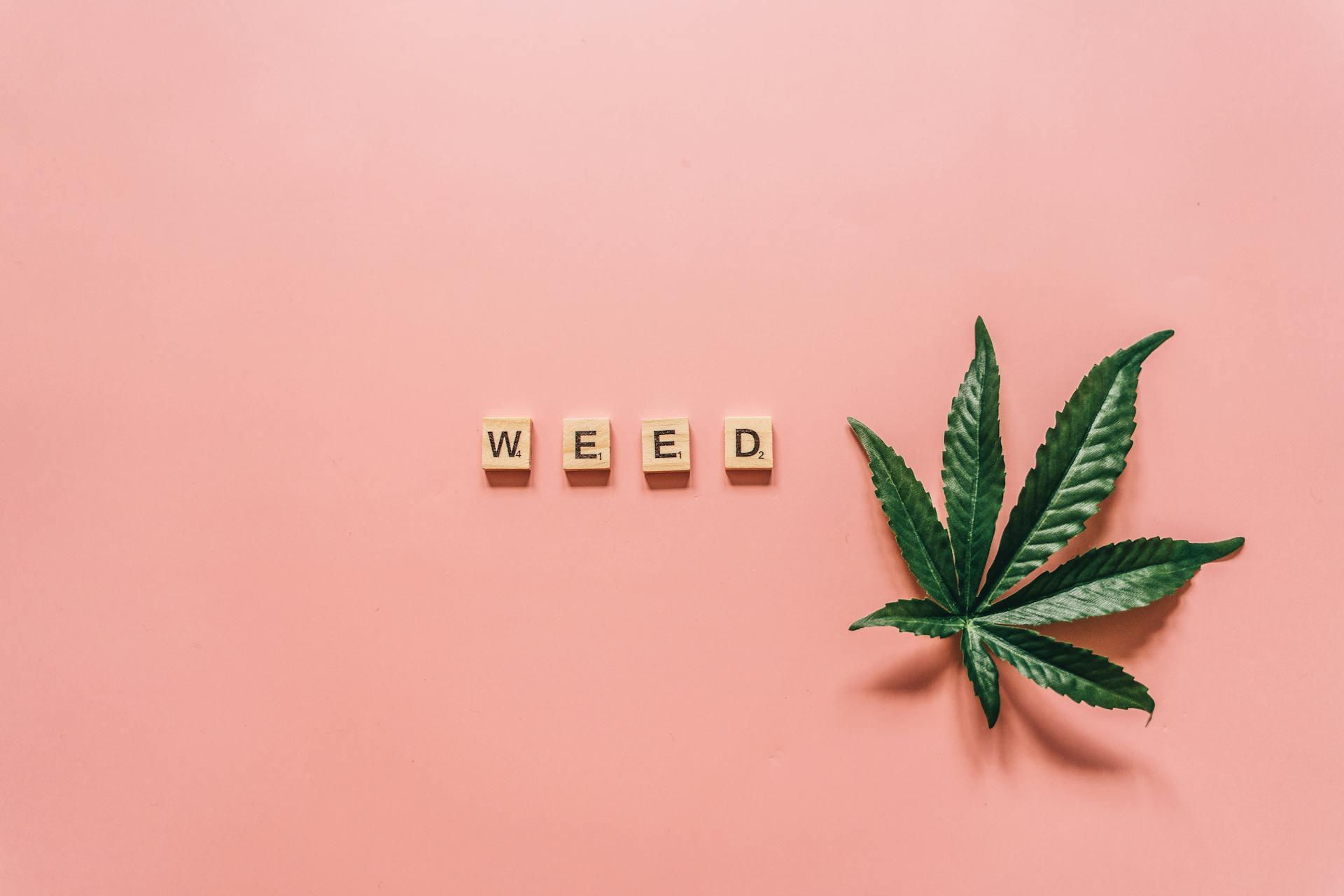
Carl Grimstad became Waitr’s new CEO in 2020, tasked with recovering a net loss of over $200 million. With Waitr still only having 3% market share of the food delivery services nationally, Grimstad set out to make a difference… with cannabis.
In 2022, Grimstad’s Waitr invested in software companies catering to the cannabis industry. The CEO said he saw an opportunity in this niche market. This strategy, he said, would help them when the time came for “bigger players come into the space, either we’ll be a survivor, or we will be an acquisition target.”
Non-Food Delivery
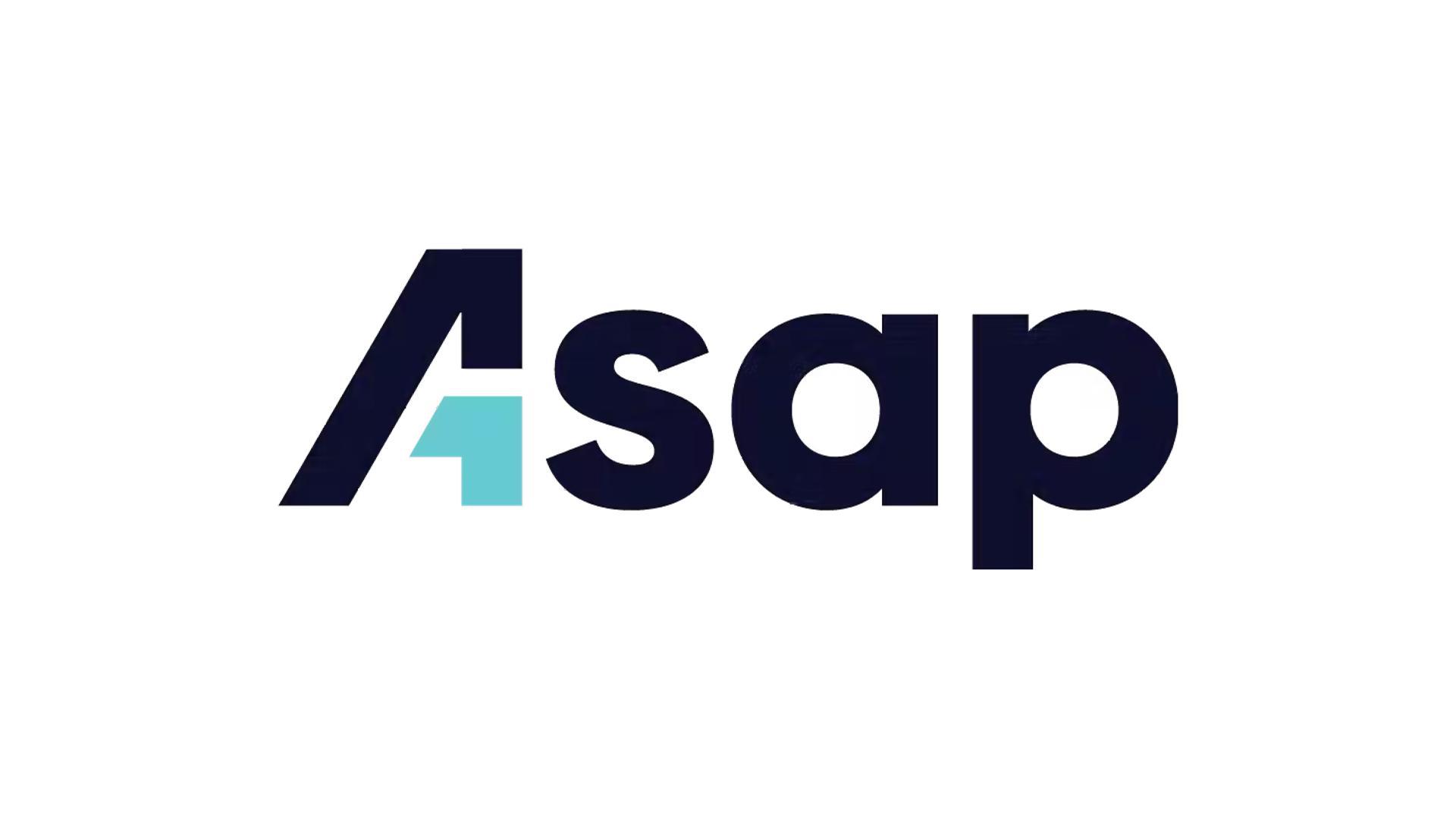
Coincidentally, in 2022, after a lawsuit involving the name ‘Waitr,’ the company was reborn as Asap. It also emphasized its new focus in non-food delivery, getting ready to deliver cannabis in Canada.
The name change also came with a shift in business model. At the time, the company had a new vision of delivering to consumers on the same day from any type of business. It also “signed agreements to launch delivery of a wide variety of items such as alcohol, sporting goods, luxury apparel, auto and electrical parts, and other need-it-now products.”
No Success
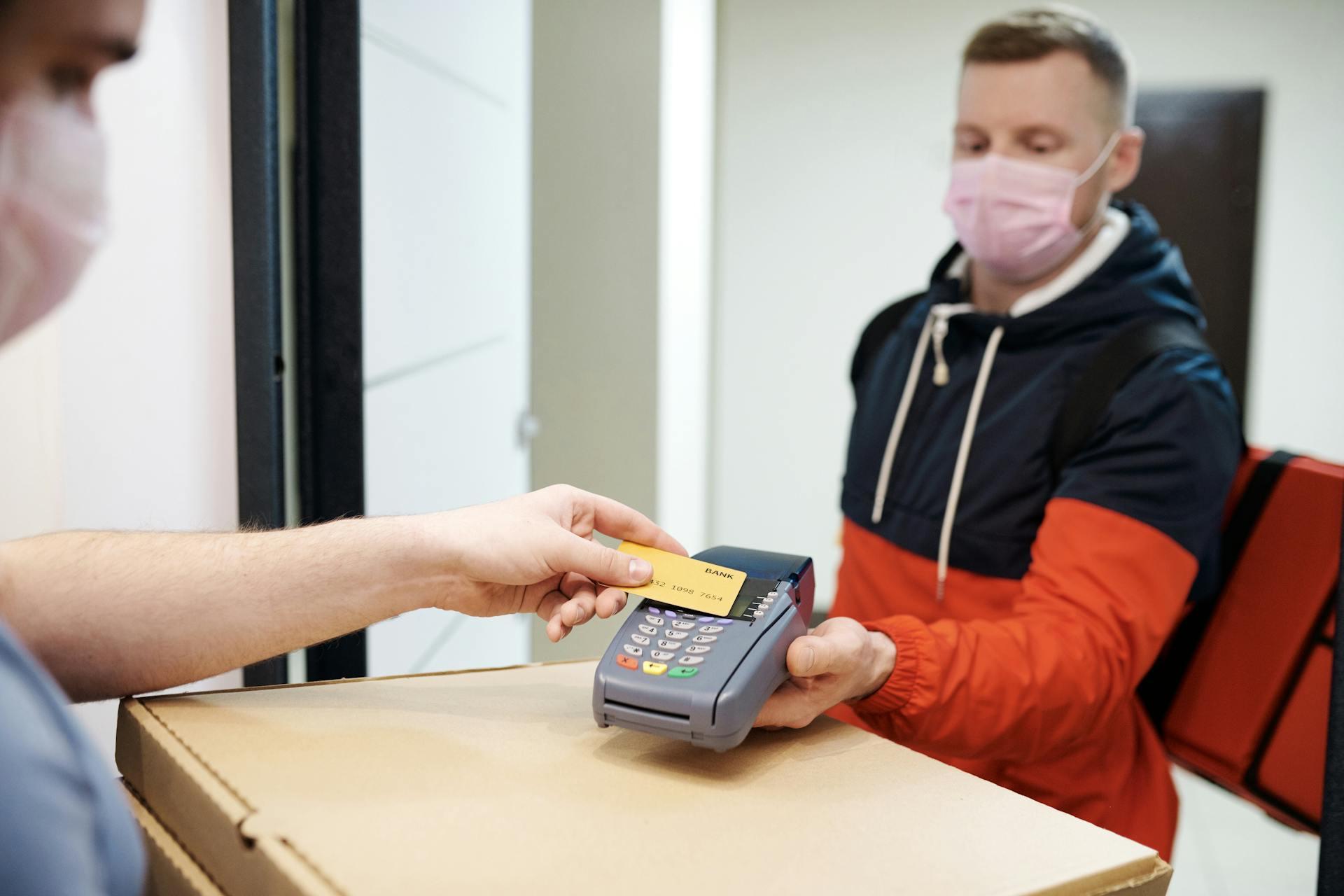
Asap didn’t find success with this model although it followed the footsteps of other companies (Uber and DoorDash have also experimented with it). It is admittedly a crowded market space, with Instacart considered to be the market leader.
It fell out of compliance with Nasdaq, although it recovered briefly after the pandemic. But years of struggle proved to be too much and now it has closed down its business.
8-K Filing
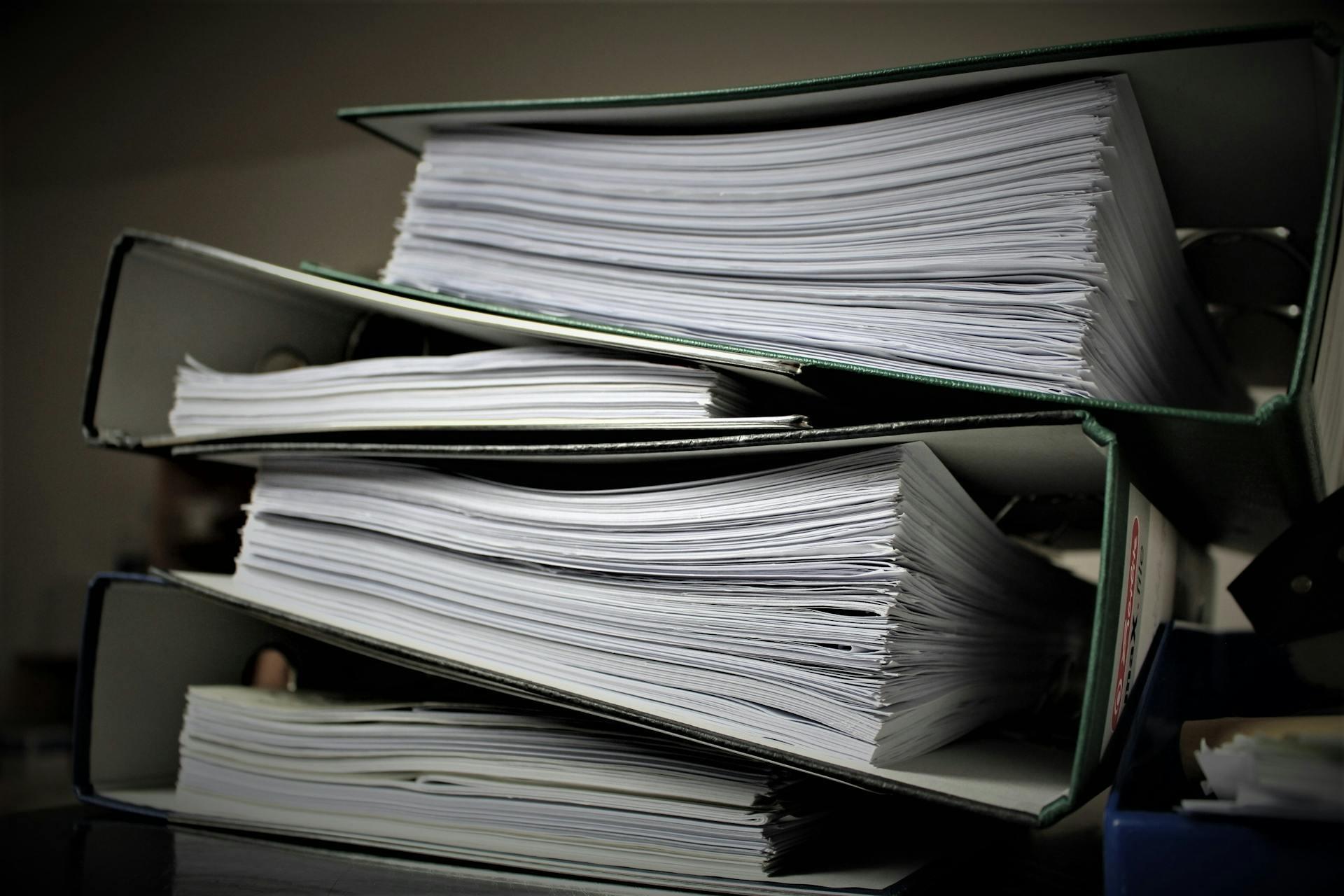
In the end, Asap had to succumb to filing an 8-K with the Securities and Exchange Commission, explaining what it planned to do with the shutdown and potential follow-up.
It announced: “The company previously ceased operations with respect to delivery services, as reported in the Form 8-K filed with the Securities and Exchange Commission on February 13, 2024. The company is evaluating its options, including commencing a case under the U.S. Bankruptcy Code.”
Goodbye Message
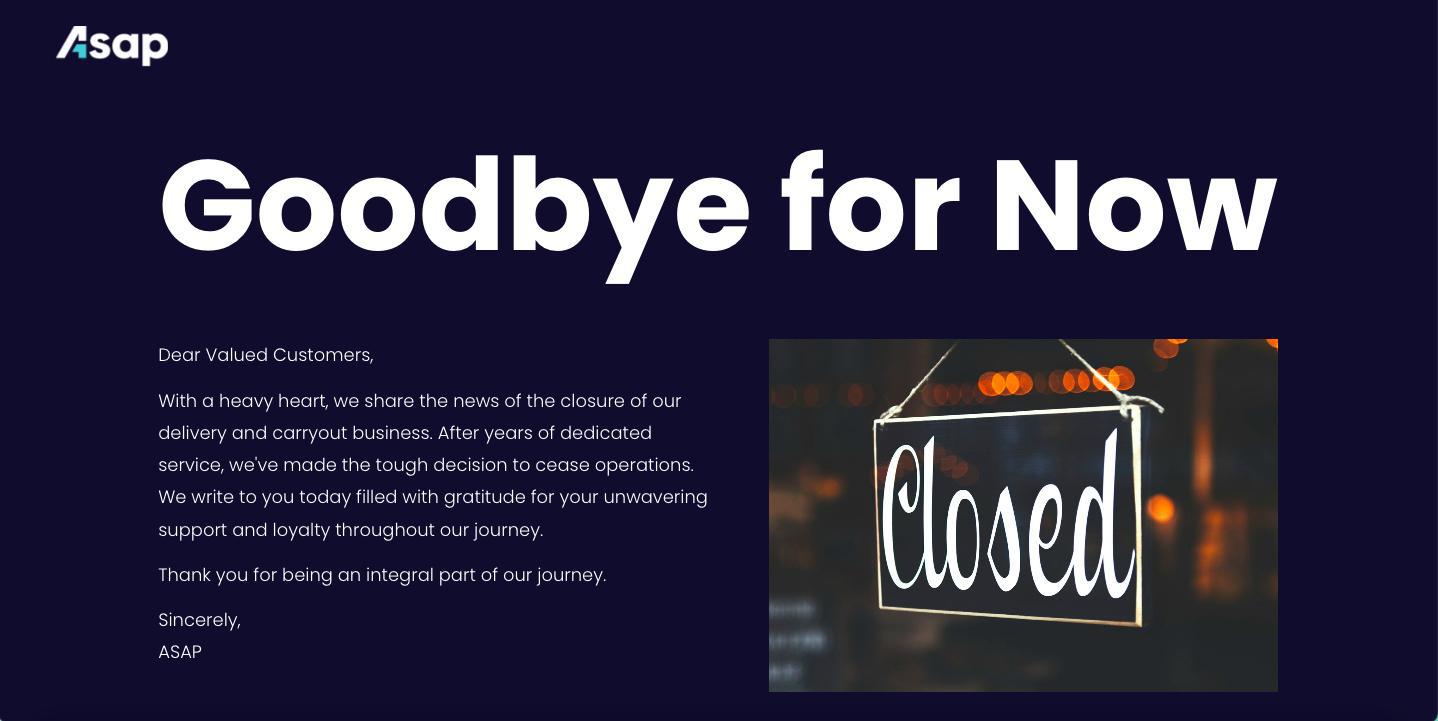
Asap’s debt and asset levels are not known by the public because it hasn’t filed a quarterly report since 2022.
The shutdown was announced in Asap’s official website, saying “Goodbye for now” followed by this message: “After years of dedicated service, we’ve made the tough decision to cease operations. We write to you today filled with gratitude for your unwavering support and loyalty throughout our journey.”
1% Share
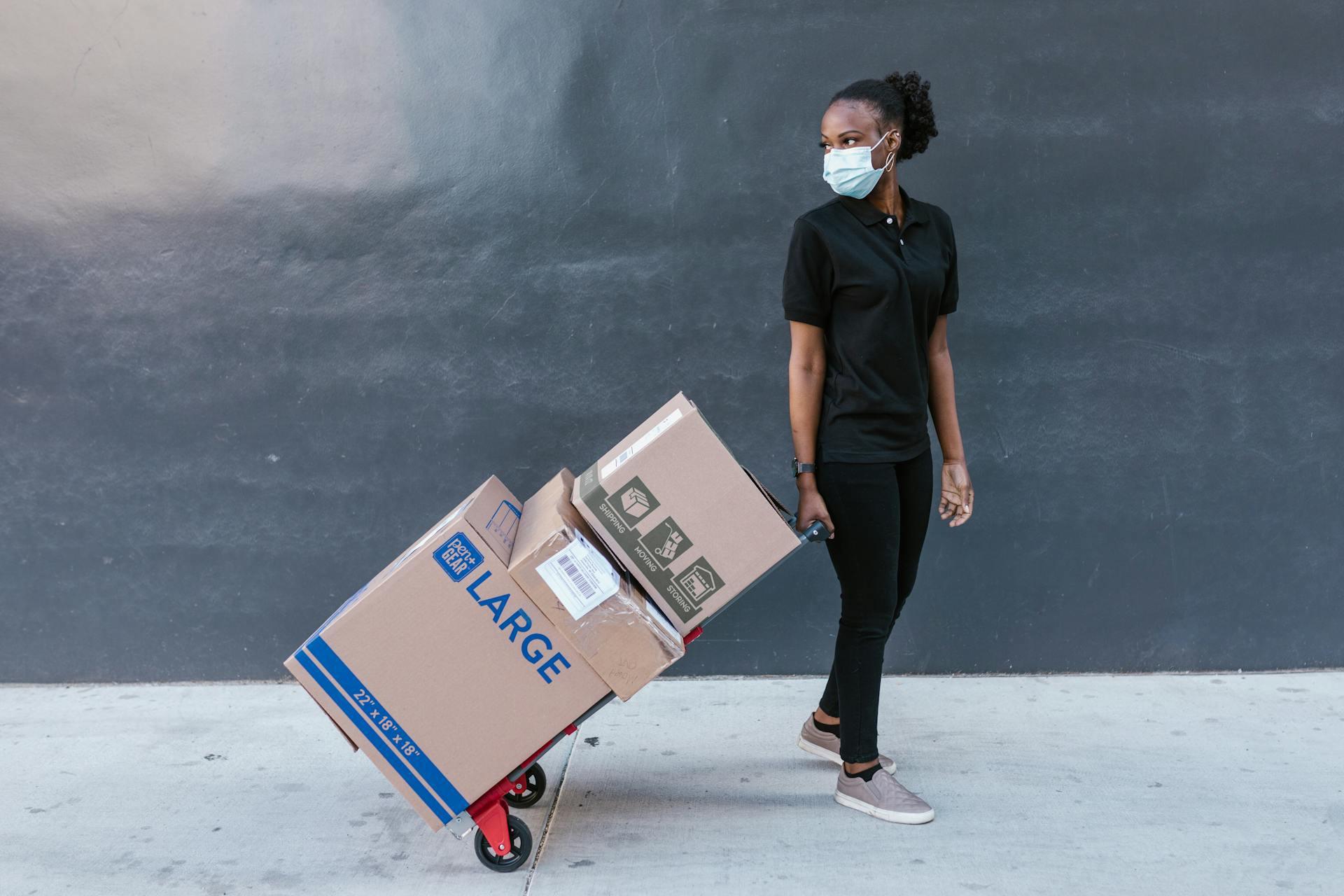
As of February 2024, Asap’s market share amounted to only 1%, even smaller than it was in 2022.
CEO Grimstad and CFO Armen Yeghyazarians have also left the company. Asap’s assets and liabilities will be taken over by a government-appointed trustee, which will liquidate them to pay its debts.
Tough Business
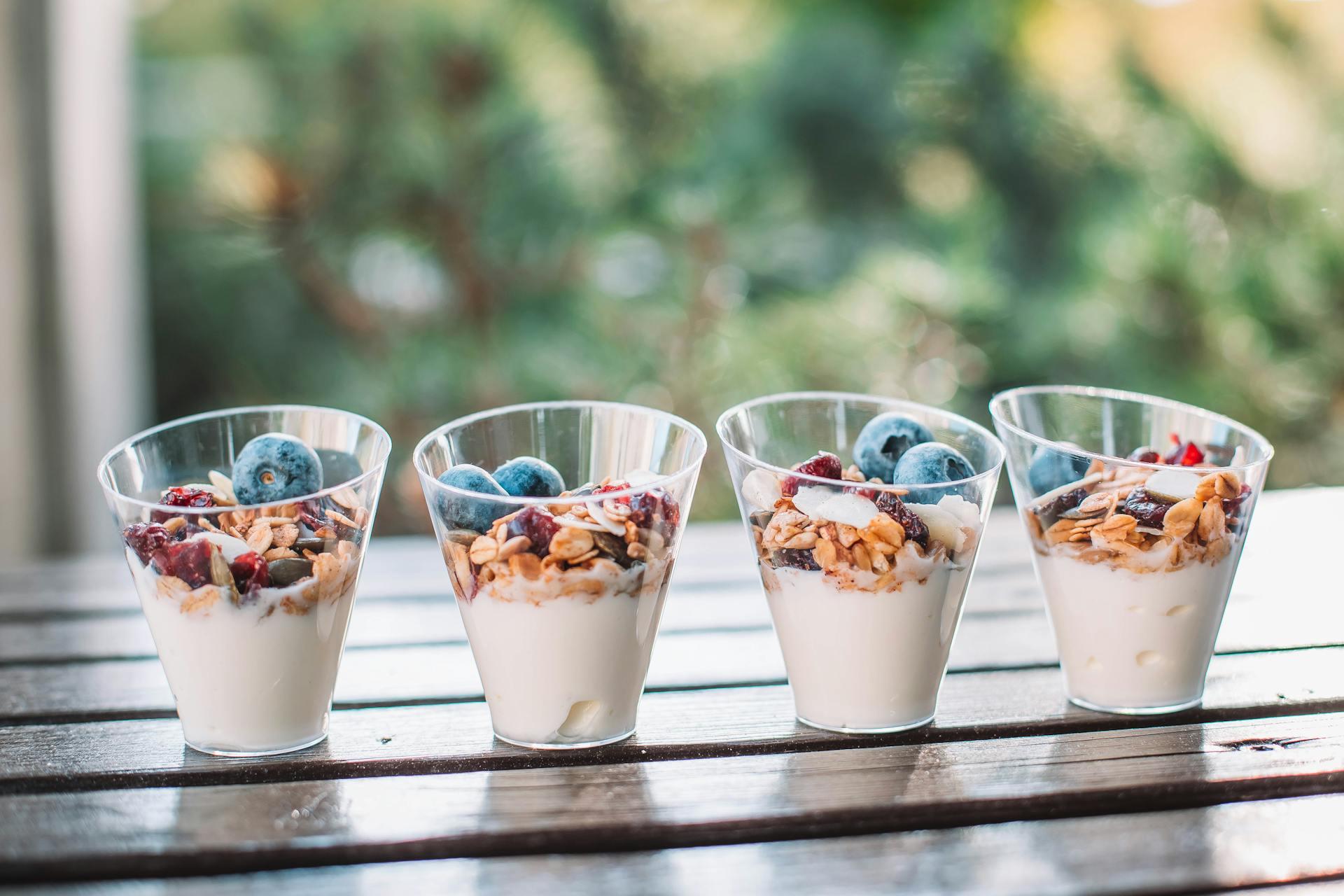
The food delivery business is a surprisingly tough market where competition is intense. The Street likened it to the “self-serve froyo phenomenon.”
When a brand like TCBY first opened in an area, lines snaked out through the door, inspiring other people to open a similar shop. But there aren’t enough customers to frequent more than a couple of shops.
Sharing the Pie
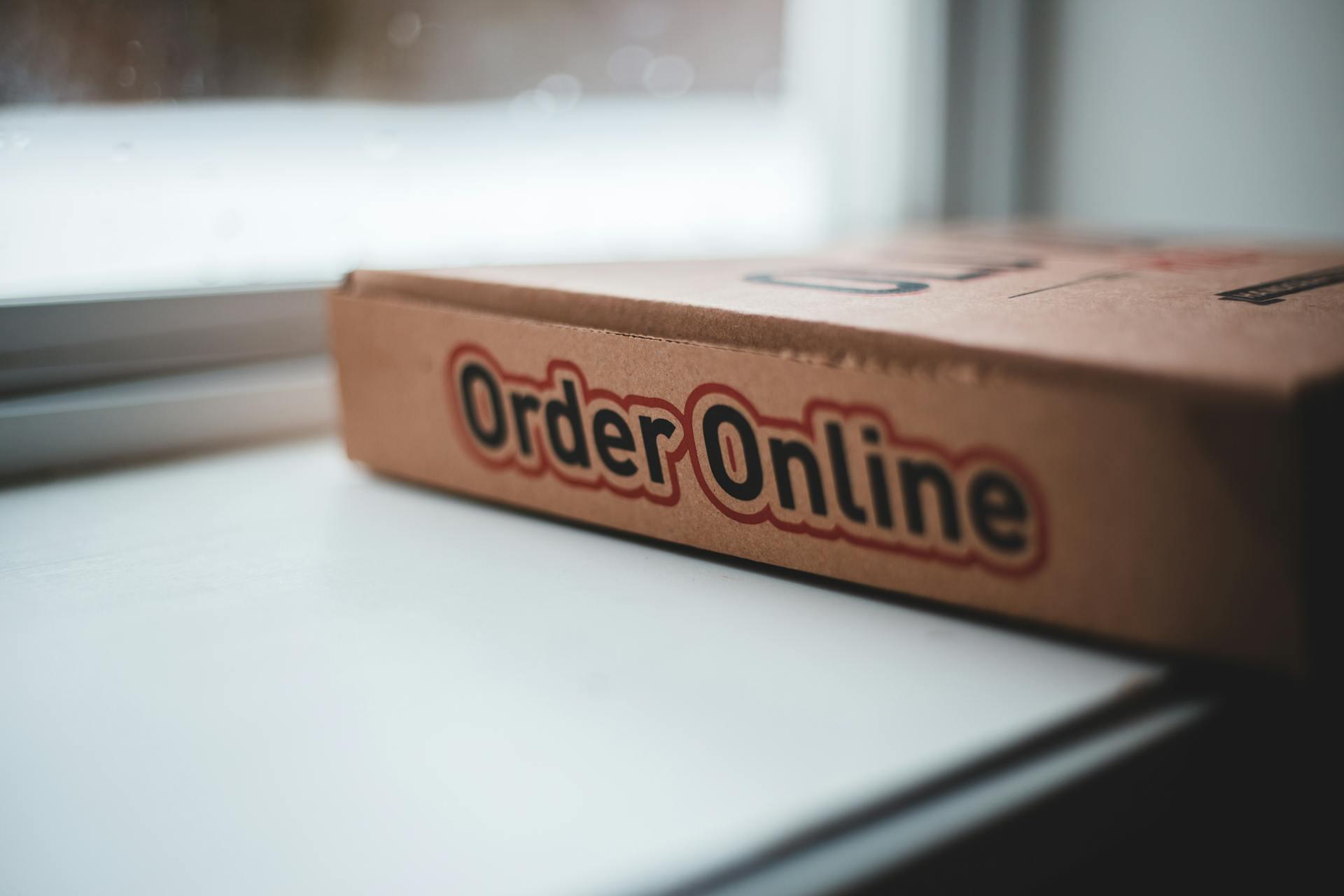
The food delivery zone is the same. DoorDash and UberEats first opened to a bright, promising future. Then regional players tried to get a share of the market.
One business alone in the same space could have seen stellar success. But when so many other players enter the market, everyone struggles. No one gets a big share of the pie; only crumbs.
The Survival of the Fittest

The pandemic made the food delivery industry thrive with a robust demand for deliveries from restaurants (even fast food ones) and grocery shops. Maintaining it now, however, is a tricky thing.
Forbes suggested, the companies that will succeed are the ones who focus more on the food, rather than the speed, as food is fundamental to humanity. Other strategies, like promotions and rewards, may also help but in the world of food delivery, only the fittest will survive.
